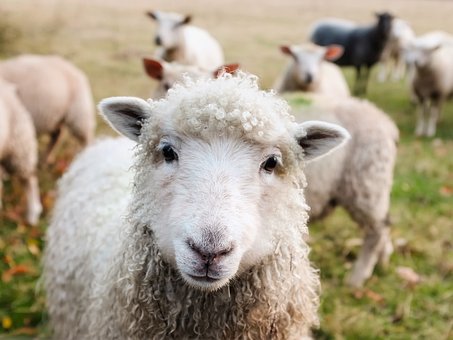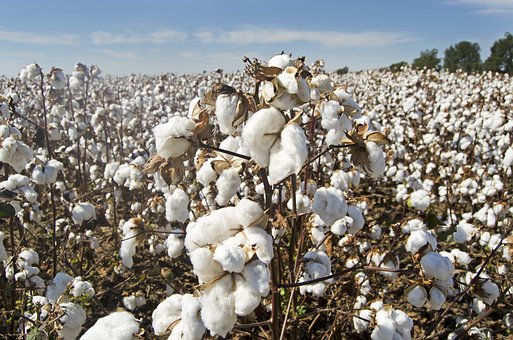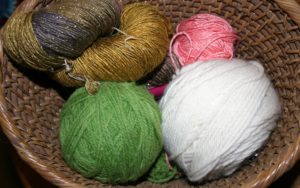Not all yarn is created equal so have some insight when substituting yarn in projects. There are various things that make a difference in this product and the fiber/material that is spun can be a much overlooked reason for a successful project. Essentially there are 3 different classification of materials: protein based, cellulous based, and synthetic.
Substituting Yarn- Protein Based
Protein based yarns are those made from a material from an animal, and put up in a hank (learn how to use a hank here). This can be wool, silk, alpaca, camel, bison, and et cetera. These fibers have some unique properties, for example wool can keep you warm even after it is wet. Wool is also fire resistant, meaning that it will only burn if it has a flame to it. In addition wool is “springy” and has some stretch.
While silk is actually warmer that wool, it will not keep you warm after it gets wet. Silk is also a very strong fiber that can be added to other fibers to help increase its strength.
If you ever wonder about how to care for a protein based yarn, think about how you would treat your own hair. If you would not treat your own hair with a certain product then don’t use it on your yarn.
Substituting Yarn- Cellulous Based
Cellulous based yarns are comprised of those like cotton, and linen. These fibers typically “breath” well and are considered very comfortable. Linen, while it can “wrinkle” it repels dirt. Cotton can absorb twice its weight in water, so it helps to make a handy dishcloth.
Synthetics
Synthetic based yarns, are those fibers that you cannot readily make or grow yourself. The most common in retail yarns is acrylic, but you can also find polyester, nylon, and such. Acrylic is a petroleum based product and it can be made to mimic any other fiber in feel, but it will not share the same properties as that fiber. It is actually mold resistant, but it is effected by long term or high heat. Heat will change the structural properties of the yarn, making it feel and behave differently than when first produced.
The fiber that makes up a yarn effect the outcome of your project, and the highlights listed above are just a quick overview of the properties. So, when substituting a yarn in your next project, don’t just look at the weight and yardage, also give some thought to the fiber content, you will improve the project outcome.




